Optimal Timing for Residential Glass Tinting
Residential glass tinting involves applying a film to windows to reduce heat, glare, and UV exposure while enhancing privacy and energy efficiency. The optimal timing for tinting depends on various factors including climate, season, and homeowner preferences.

Installing tinting films during spring ensures optimal curing conditions with milder weather.
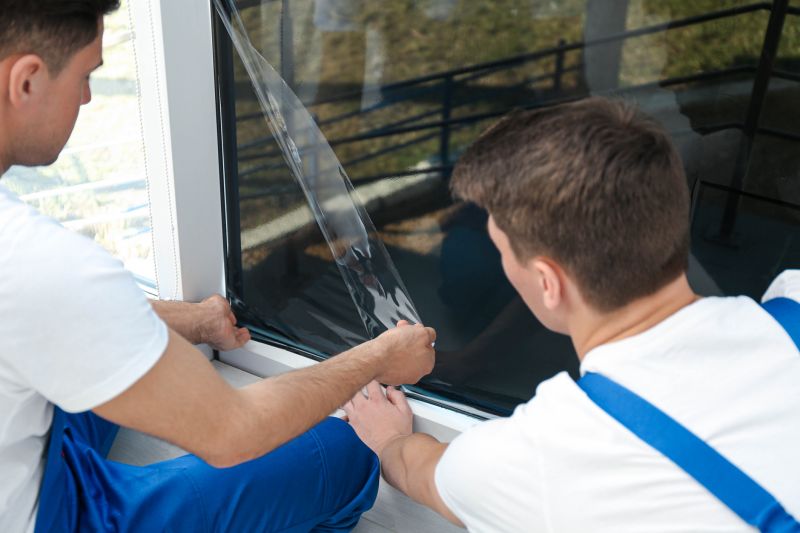
Planning tinting projects early in summer can help avoid peak heat and humidity.
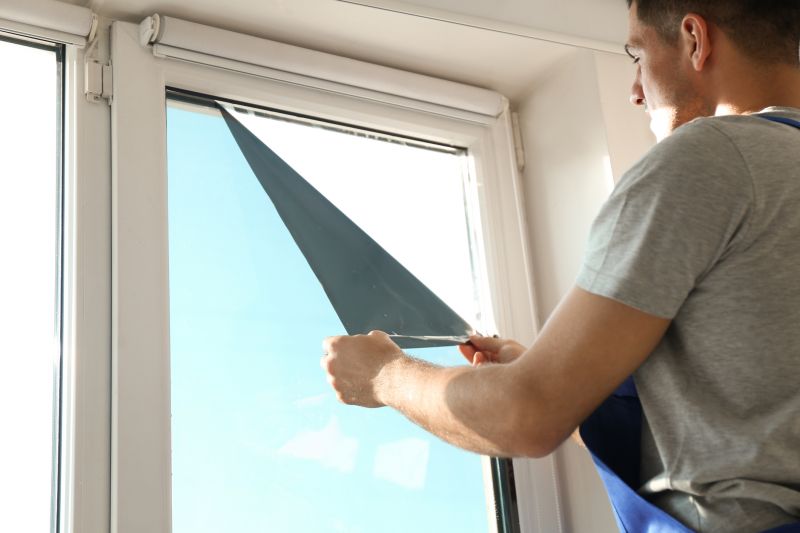
Applying tinting in fall prepares homes for winter by reducing heat loss and glare.
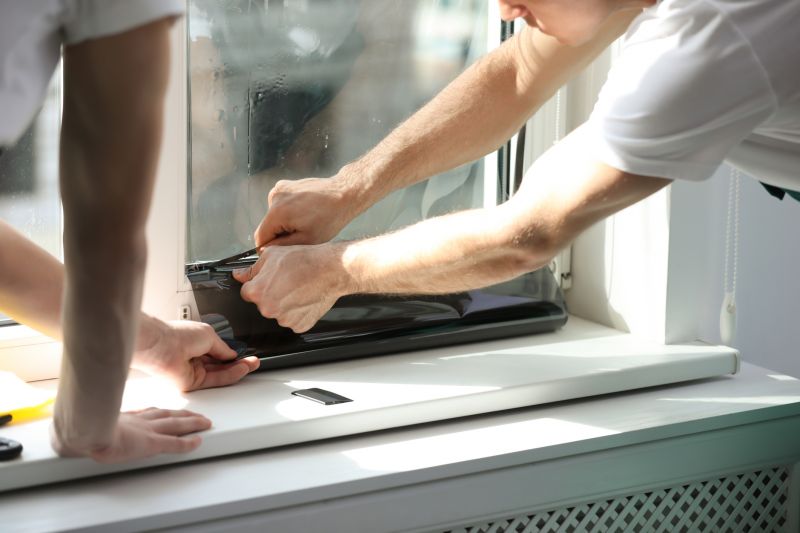
Winter tinting requires attention to temperature and humidity levels for proper application.

Clean and prepare windows before tinting to ensure adhesion and longevity of the film.

Allow sufficient curing time and avoid cleaning windows immediately after tinting.
| Season | Ideal Conditions |
|---|---|
| Spring | Moderate temperatures, low humidity |
| Summer | Early or late season, avoid peak heat |
| Fall | Cooler weather, less direct sunlight |
| Winter | Mild temperatures, dry conditions |
Residential glass tinting can significantly improve comfort and energy efficiency by reducing heat gain and glare. Proper timing ensures optimal adhesion, appearance, and durability of the film. The right season can also minimize disruptions and ensure a smooth installation process.
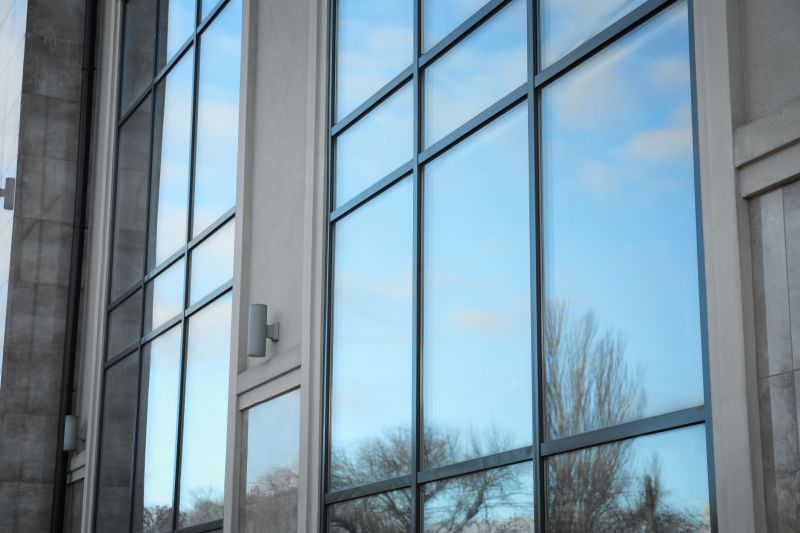
Enhanced comfort and reduced cooling costs during hot months.

Consistent temperature control through effective tinting application.
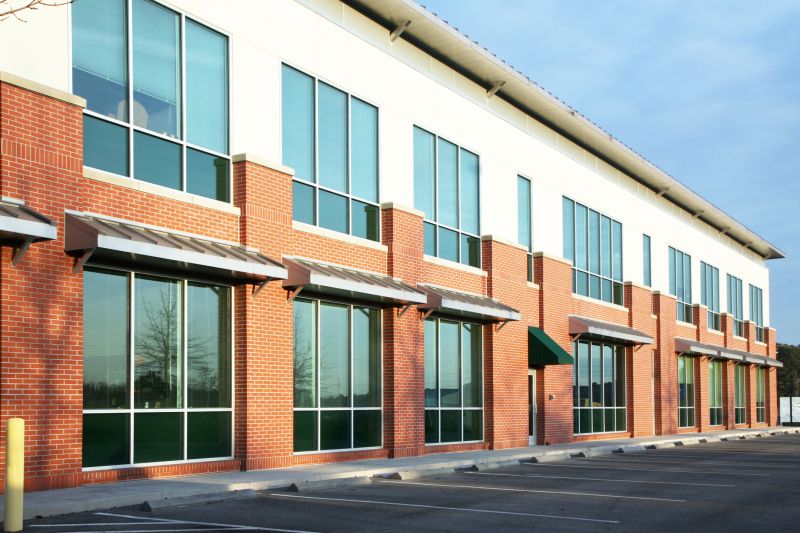
Tinting provides increased privacy regardless of the season.
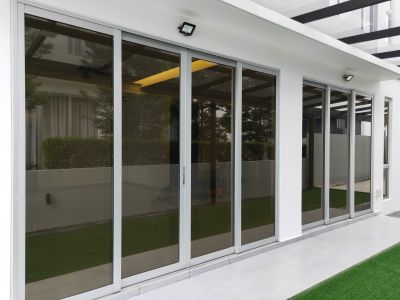
Enhances home appearance with a sleek, modern look.
Interested in residential glass tinting? Filling out the contact form can provide more information and help schedule an installation at the most suitable time.
